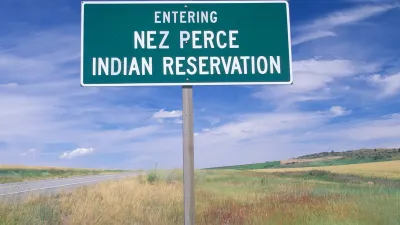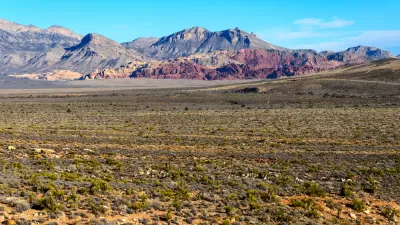Announced at a recent United Nations summit on biodiversity, India’s pledge of $50 million to assist developing countries with conservation efforts marks a significant shift in the way environmental protection is funded worldwide.
It's not the amount itself that has impressed so many, but rather the symbolism behind it; this type of conservation funding has traditionally been within the purview of richer, developed counterparts, reports Vivekananda Nemana. "That's a great initiative," said Lasse Gustavsson, conservation director of the World Wide Fund for Nature. "It won't go far, but you're now seeing this tendency for strong leadership on conservation from the emerging economies."
Due partly to the global economic slowdown's effect on spending in developed countries, and the concomitant rise in economic and political power of developing countries like India, China, and Brazil, "there has been a rise in so-called South-South cooperation, in which developing countries provide each other economic and technical assistance," notes Nemana. In addition to financing from South Korea, Brazil and China, "[d]ozens of other regional efforts have sprouted across Latin America, Africa and Asia," says Nemana, and this trend is expected to continue.
Furthermore, there has also been a push to find more synergy between poverty reduction programs and conservation efforts. "An August 2012 study [PDF] by the Indian government found that it already spent nearly $1 billion per year on development programs that had environmental benefits but that there was much more scope to make poverty-reduction programs greener." The study's author, Damodaran Appukuttawarns, warns, "What is happening right now is that funds are being diverted from poverty alleviation to look at forests. So you have to have a complete paradigm change in the way of looking at conservation, where protected biodiversity is integrated into development."
"In all likelihood, any fundamental shift in who leads the world's conservation efforts will take time," says Nemana. "Still, economic and environmental experts at the convention saw a new trend emerging from the changing global landscape."
FULL STORY: The Tables Might Be Slowing Turning in the the North-South Divide

Alabama: Trump Terminates Settlements for Black Communities Harmed By Raw Sewage
Trump deemed the landmark civil rights agreement “illegal DEI and environmental justice policy.”

Planetizen Federal Action Tracker
A weekly monitor of how Trump’s orders and actions are impacting planners and planning in America.

Why Should We Subsidize Public Transportation?
Many public transit agencies face financial stress due to rising costs, declining fare revenue, and declining subsidies. Transit advocates must provide a strong business case for increasing public transit funding.

Understanding Road Diets
An explainer from Momentum highlights the advantages of reducing vehicle lanes in favor of more bike, transit, and pedestrian infrastructure.

New California Law Regulates Warehouse Pollution
A new law tightens building and emissions regulations for large distribution warehouses to mitigate air pollution and traffic in surrounding communities.

Phoenix Announces Opening Date for Light Rail Extension
The South Central extension will connect South Phoenix to downtown and other major hubs starting on June 7.
Urban Design for Planners 1: Software Tools
This six-course series explores essential urban design concepts using open source software and equips planners with the tools they need to participate fully in the urban design process.
Planning for Universal Design
Learn the tools for implementing Universal Design in planning regulations.
Caltrans
Smith Gee Studio
Institute for Housing and Urban Development Studies (IHS)
City of Grandview
Harvard GSD Executive Education
Toledo-Lucas County Plan Commissions
Salt Lake City
NYU Wagner Graduate School of Public Service





























